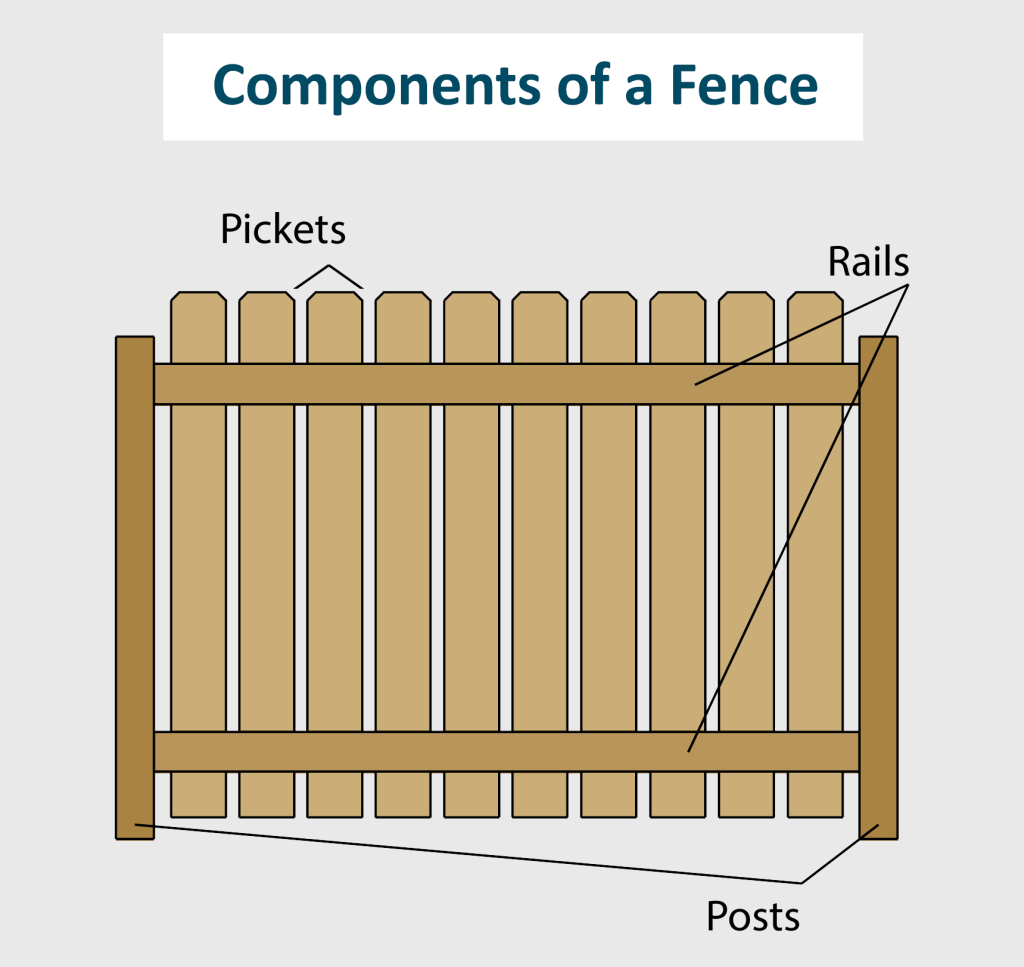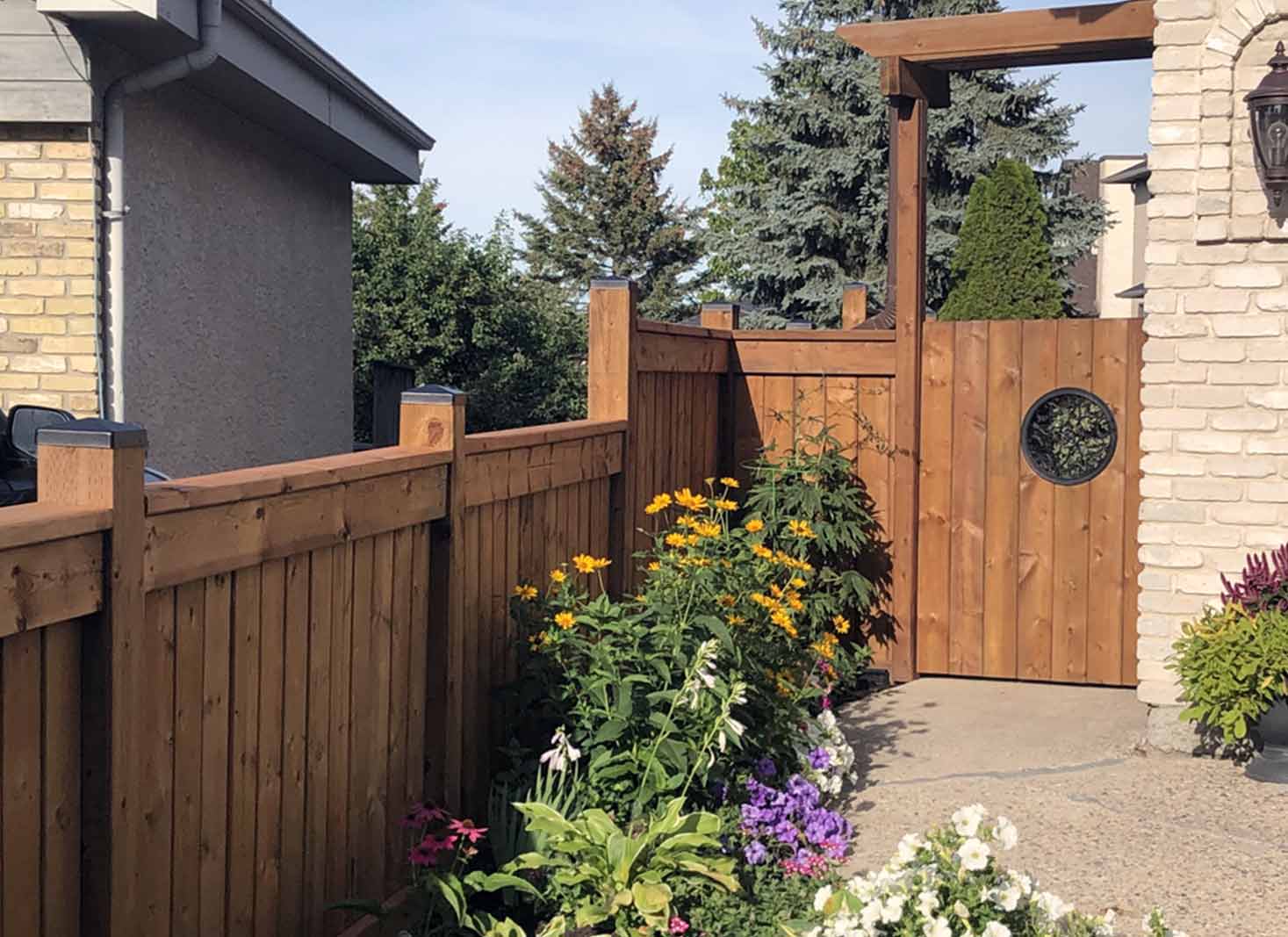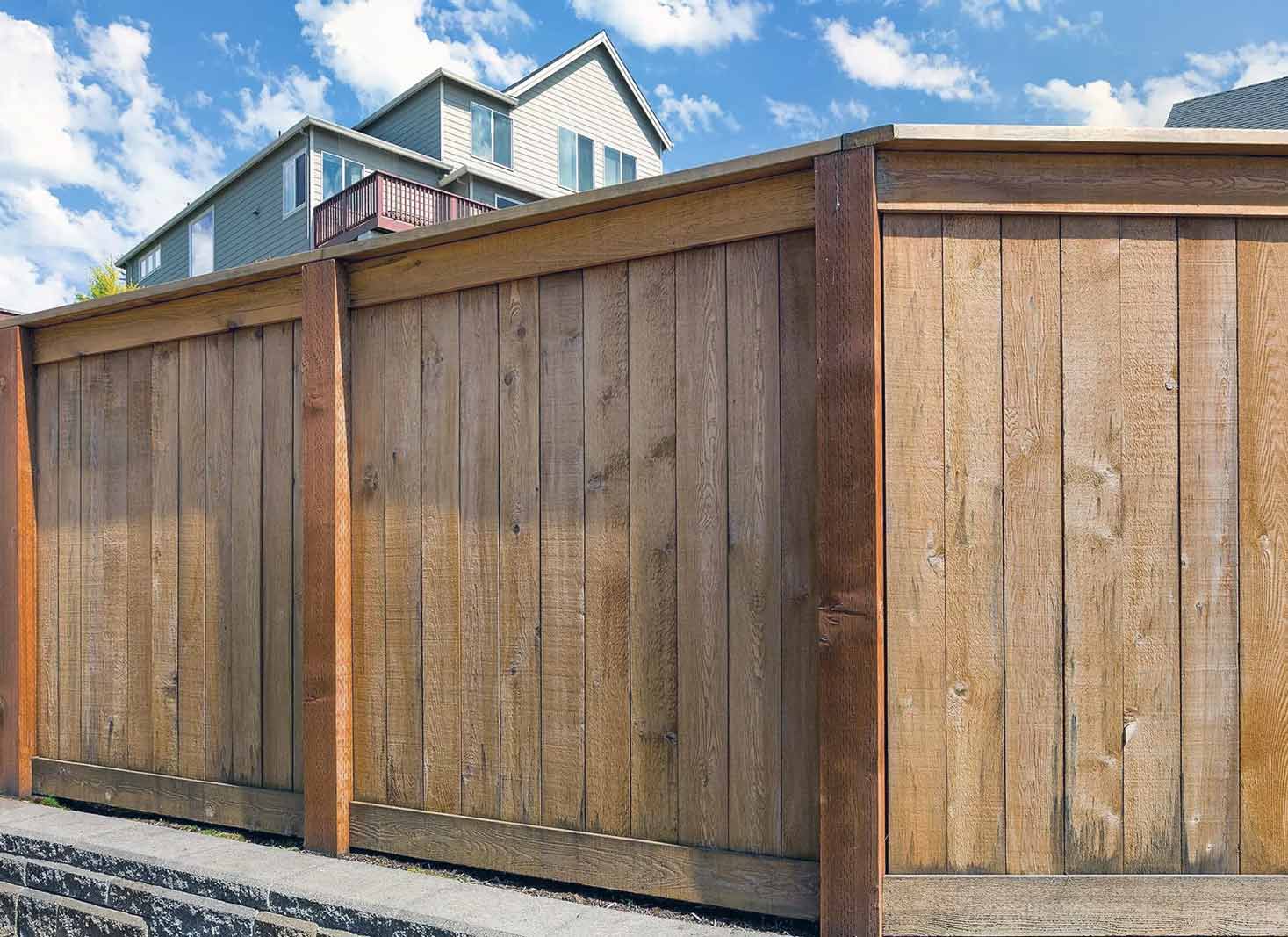
A wooden fence is a traditional choice for numerous houses, valued for its adaptability and its capacity to offer privacy, safety, and an aesthetic improvement to exterior areas. Despite the variety of designs available, all wooden fences consist of the same fundamental elements.
The main parts of a wood fence include the posts, rails, gates, caps, and other accessories that help keep it secure, safe, and reliable.
By knowing its various components, you will be able to appreciate and understand more of its craftsmanship and functionality. From posts and rails to panels and caps, each component plays an essential role in the functionality of a wood fence.
What are the parts of a wood fence?
There are many components to a wood fence, and the main components work together to create the sturdiness and attractive structure of the fence. Here are the key components of a wood fence:
Posts
Posts are vertical structures that provide crucial support and stability to the fence. They are typically made of wood and installed at regular intervals along the fence line.
Properly anchored posts ensure the fence remains upright and resilient against external forces.
Rails
Rails are horizontal pieces of wood that run between the posts, serving as the framework of the fence. They provide stability and support to the overall structure.
Rails are often attached to the posts in a parallel arrangement, creating a sturdy foundation for the fence.
Pickets
Pickets are the vertical boards that are attached to the rails, forming the visible part of the fence. They are usually made of wood and are placed close together or with small gaps, depending on the desired style and level of privacy.
Picket fences not only enhance the aesthetic value of the fence but also provide a measure of security and containment.
Gate
A gate is an essential component of a wood fence, allowing entry and exit points. It consists of a frame, typically made of wood, with pickets or panels. Hinges enable the gate to swing open and closed, while a latch or lock mechanism ensures security.
Gates can be customized to match the overall design of the fence and serve as a focal point for the entrance.
Caps and finials
Caps and finials are decorative elements that add a finishing touch to the wood fence. Post caps are placed on top of the fence posts, providing protection against moisture and adding visual appeal.
Finials, on the other hand, can be ornamental accents placed on top of pickets or posts, enhancing the overall aesthetic and giving the fence a distinctive look.
Hardware
Various hardware components play a vital role in assembling and securing the wood fence. These include screws, nails, brackets, hinges, latches, and other fasteners that hold the different parts together.
Choosing appropriate and durable hardware is crucial for ensuring the longevity and strength of the fence.
What are the other components of a wood fence?

While the main components complete a wood fence’s functionality, there are still other components that are noteworthy. You can incorporate these components to enhance your fence, depending on your needs and preferences.
Corner braces
Corner braces are diagonal supports installed at the corners of the fence. They provide extra stability and prevent leaning over time. By reinforcing the fence’s structural integrity, corner braces ensure a longer lifespan and improved durability.
Stringers
Stringers, also known as horizontal support boards, are additional horizontal pieces of wood installed between the posts. They provide extra reinforcement, particularly for taller fences or areas with high wind loads.
Stringers enhance the overall strength and stability of the fence structure.
Kickboards
Kickboards, also referred to as rot boards or baseboards, are horizontal boards placed at the bottom of the fence, between the ground and the first rail.
They offer protection against soil, moisture, and potential damage caused by lawnmowers or other activities. Kickboards can significantly extend the life of the fence by shielding it from ground-level deterioration.
Backer rails
Backer rails are horizontal boards attached to the backside of the fence, opposite the pickets. They provide additional reinforcement and support to the fence structure, especially for wider panels or areas prone to strong winds. Backer rails contribute to the overall stability and longevity of the fence.
Trellis or lattice panels
For those seeking added aesthetic appeal and functionality, trellis or lattice panels can be incorporated into a wood fence. These decorative components are often placed at the top of the fence or in specific sections.
This will allow climbing plants to grow and provide a touch of elegance to the overall design.
Post caps
Post caps, while also being a main component, also fall into the category of additional details. This is because they are decorative elements that are placed on top of the fence posts.
They serve as an ornamental feature while protecting the wood from moisture and weather. Post caps come in many different materials and designs which allows property owners to personalize the appearance of their fence.
What is a wood fence good for?

A wood fence offers several benefits, making it a popular choice among homeowners to enhance their outdoor spaces. It offers privacy, security, aesthetic appeal, and customization options. Here are their main advantages:
Privacy
Wood fences provide privacy, creating a secure and secluded space for homeowners to enjoy their outdoor areas without prying eyes. The tight placement of pickets and the height of the fence contribute to a sense of privacy and intimacy.
Security
Wood fences serve as a physical barrier to deter unauthorized entry and enhance the security of a property. With a sturdy construction and a properly installed gate, a wood fence can provide peace of mind and protection against intruders.
Aesthetic appeal
The natural beauty and versatility of wood make this type of fence an attractive choice for many homeowners. Wood fences can complement different architectural styles and landscaping designs.
They add warmth and charm to the overall aesthetic of a property.
Customization
Wood fences offer many opportunities for customization. Homeowners can choose from different species of wood, stains, and finishes to achieve their desired look.
With various design options available, it is possible to create a unique fence that reflects the style and preferences of the homeowners.














